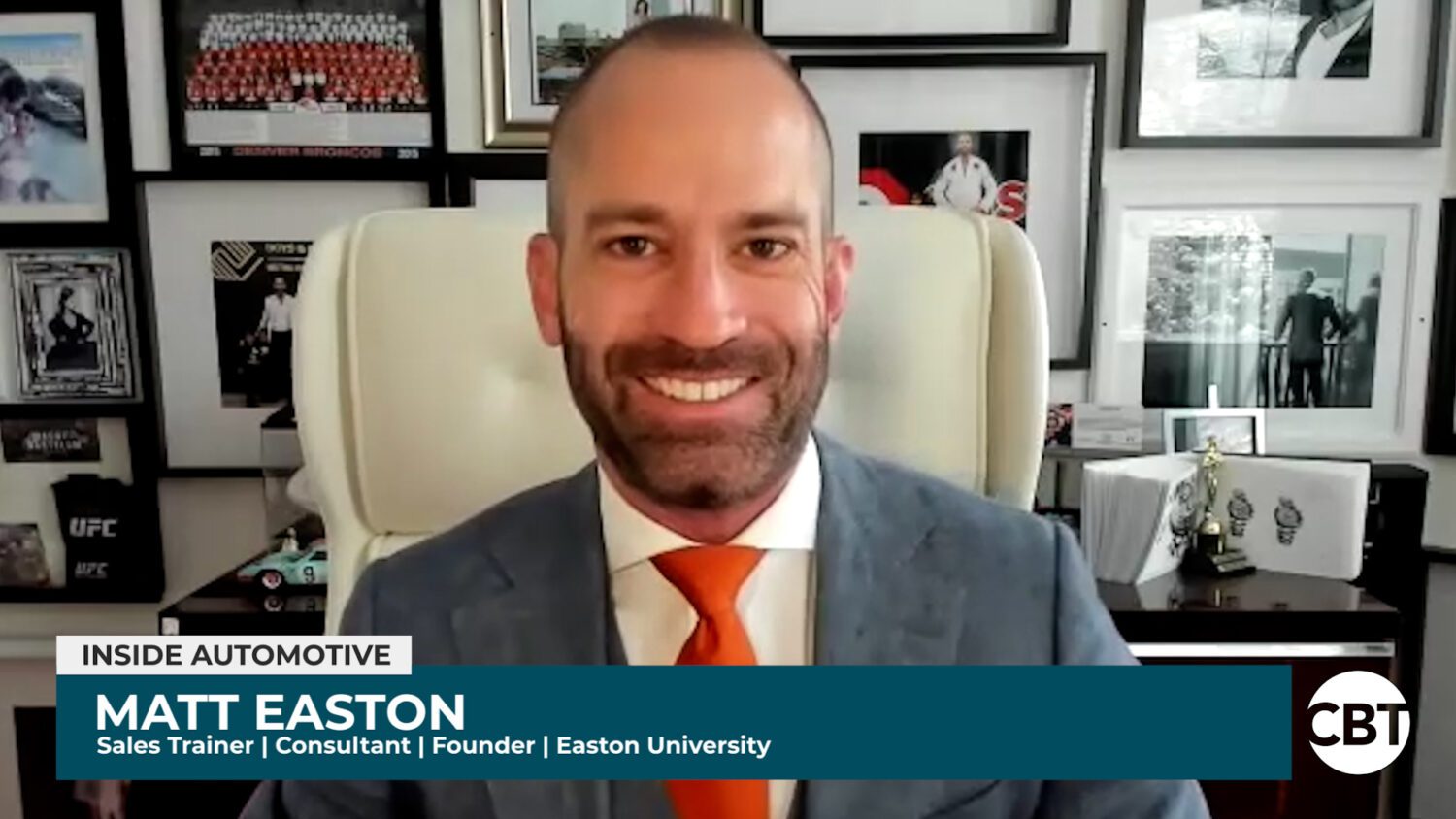In today’s world of social media, and information and choice overload, it’s no wonder why customers often say, “I need to think about it.” There really is too much to think about today. On today’s edition of CBT Now, we’re pleased to welcome back Matt Easton, Sales coach and founder of Easton University, to show you how to help your customers make decisions and purchases, despite being overwhelmed with information and choices.
Evaluating
In Easton’s observations, he asserts, “I see roughly 45% of all sales material, coaching, and advice, recommending salespeople to bully their customers intellectually.” He expresses that the type of intellectual bullying being pursued is the kind that doesn’t feel good- peer pressure. When a potential client or prospect says they need to think about it, really focus on your response method. Easton asks, if your response is some kind of witty, clever comeback, then you are intellectually bullying that person in that moment. There’s plenty of coaching out there that encourages this type of training. Of course, salespeople don’t put it together with malice, “I believe the outcome remains the same- peer pressuring your customer,” expresses Easton. He continues, “If you take nothing else from this segment, take this: You may need to audit the way you treat people.”
Where it’s no question that consumers have more information today than ever before, Easton believes that when a client needs to “think about it”, he takes them at face value. He explains, “I’m going to treat people the same way I would like others to treat me. If I don’t want to be tricked or bullied, neither will others.”
Solutions
Once a salesperson audits the way they perform their job, they can shift focus to avoid unwanted bullying. Easton suggests:
- The first step you can take is to be Next Step Obsessed. Instead of bullying, make the next step is to simply follow along with the customer. Be of a friend or of another person, don’t stop doing your job, but sometimes you can avoid the “I need to think about it” in the end by applying the next step.
- Slow the process down from the beginning. Start conversations and make them feel more at ease rather than jumping right off with the pitch. Ask them what you could get them information on, or let them unpack so you know where to meet them at.
- Ask them, What research have you done on us? Or ask them what nobody else does- What is most important to them? Then “Actually listen to them.”
By asking these customer-focused questions, you will put them in the ideal position to not have to think about it by the time you get to your presentation. If you still receive objections after posing these queries, pay attention and accept them at face value. You can ask them questions to learn about their current status, their goal, what they want to achieve, and why that is essential, and then move accordingly. By doing this, you won’t have to ask if they will buy, but if it makes sense.
Ultimately, Easton suggests, at the end of the conversation, don’t remind them they aren’t buying but summarize your understanding of the next step. Whether handing out your email, giving them more information, or finalizing the presentation. “If you stop bullying people and start being helpful, they will respond because of two things.”
- You’re genuinely being helpful.
- No one in the industry acts like this- they’re all high-pressuring bullies costing you sales.
“If I intellectually bully you into buying, karma will come back around. You don’t want customers you forced to buy from you.”



